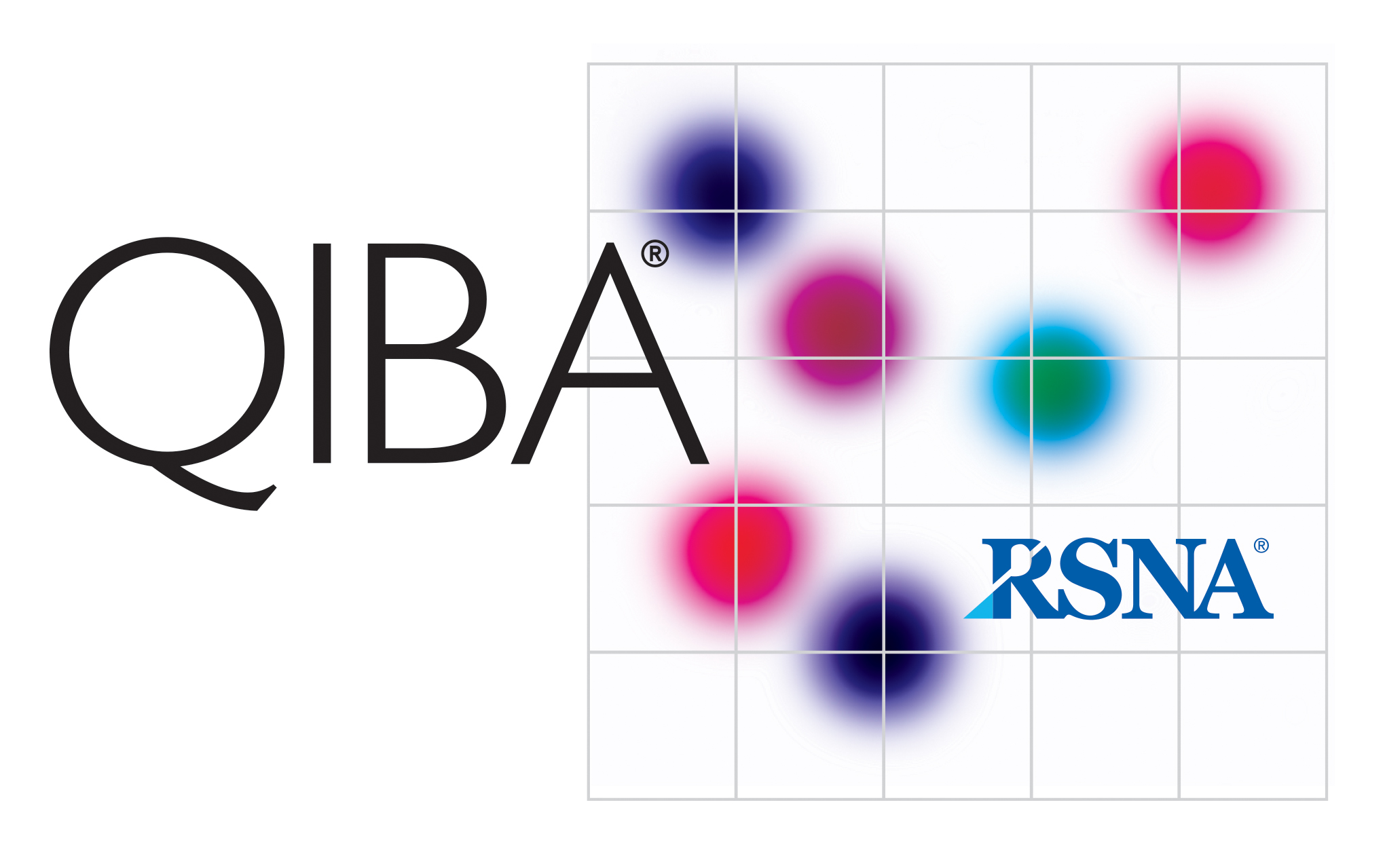Difference between revisions of "FDG-PET/CT SUV for Response to Cancer Therapy, Clinically Feasible Profile"
(Created page with "right|frameless|link=https://qibawiki.rsna.org/index.php/File:QIBA_Initials_FIN.JPG ==='''<big>Media:QIBA FDG-PET Profile v114.pdf|Document (...") |
|||
| Line 5: | Line 5: | ||
Author: QIBA FDG-PET Biomarker Committee<br> | Author: QIBA FDG-PET Biomarker Committee<br> | ||
Version: Stage 3: Clinically Feasible<br> | Version: Stage 3: Clinically Feasible<br> | ||
| − | DOI: | + | DOI: 10.1148/QIBA/20230615<br> |
Publication date: 2023 June 15 | Publication date: 2023 June 15 | ||
Latest revision as of 17:51, 7 June 2024
Document (PDF)
Publication Details
Author: QIBA FDG-PET Biomarker Committee
Version: Stage 3: Clinically Feasible
DOI: 10.1148/QIBA/20230615
Publication date: 2023 June 15
Executive Summary
This QIBA Profile documents specifications and requirements to provide comparability and consistency for quantitative FDG-PET across scanners in oncology. It can be applied to both clinical trial use as well as individual patient management. This document organizes acquisition, reconstruction and post-processing, analysis and interpretation as steps in a pipeline that transforms data to information to knowledge.
The document, developed through the efforts of the QIBA FDG-PET Biomarker Committee, has shared content with the FDG-PET UPICT protocol, as well as additional material focused on the devices used to acquire and analyze the FDG-PET data.
The QIBA acquisition protocol is largely derived from the FDG-PET UPICT protocol for FDG-PET imaging in clinical trials. In the UPICT protocol, there is a carefully developed hierarchy with tiered levels of protocol compliance. This reflects the recognition that there are valid reasons to perform trials using different levels of rigor, even for the same disease/intervention combination. For example, a high level of image measurement precision may be needed in small, early-phase trials whereas a less rigorous level of precision may be acceptable in large, late-phase trials of the same drug in the same disease setting.
This Profile defines the behavioral performance levels and quality control specifications for whole-body FDG-PET/CT scans used in single- and multi-center clinical trials of oncologic therapies. While the emphasis is on clinical trials, this process is also intended to apply for clinical practice. The specific claims for accuracy are detailed in the Claims section.
A motivation for the development of this Profile is that while a typical PET/CT scanner measurement system (including all supporting devices) may be stable over days or weeks, this stability cannot be expected over the time that it takes to complete a clinical trial. In addition, there are well known differences between scanners and or the operation of the same type of scanner at different imaging sites.
The intended audiences of this document include:
- Technical staff of software and device manufacturers who create products for this purpose
- Biopharmaceutical companies, oncologists, and clinical trial scientists designing trials with imaging endpoints
- Clinical research professionals
- Radiologists, nuclear medicine physicists, technologists, physicists and administrators at healthcare institutions (1) considering specifications for procuring new PET/CT equipment, (2) designing PET/CT acquisition protocols, (3) making quantitative measurements from PET/CT images
- Regulators, nuclear medicine physicians, oncologists, and others making decisions based on quantitative image measurements
